Suicide Prevention - Emotional Support and Guidance
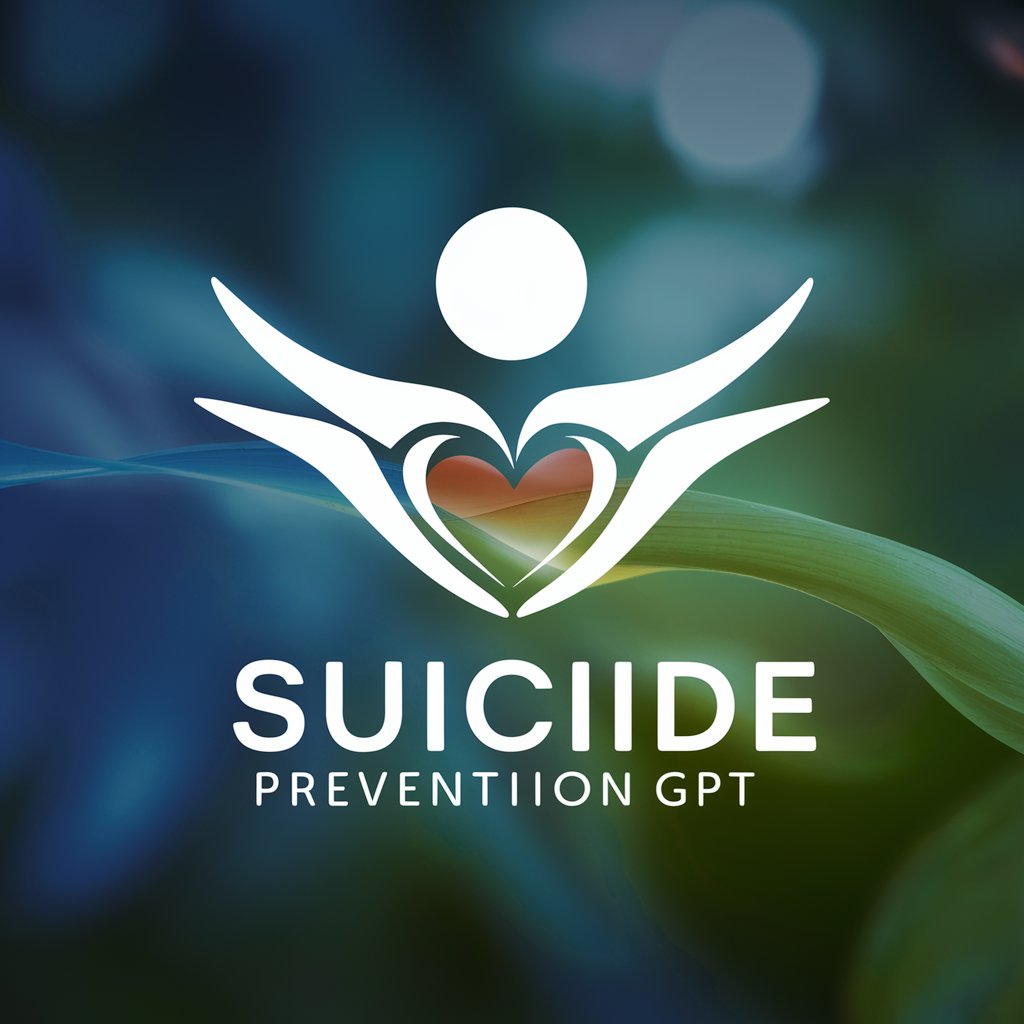
Hi there, I'm here to help and listen. How can I support you today?
AI-powered Emotional Support Anytime, Anywhere
I'm feeling overwhelmed and need someone to talk to...
I have a friend who seems really down lately, what should I do?
Where can I find immediate help if I'm feeling suicidal?
How can I support a loved one who is experiencing suicidal thoughts?
Get Embed Code
Introduction to Suicide Prevention GPT
The Suicide Prevention GPT is designed as a specialized conversational agent aimed at providing immediate support, resources, and guidance for individuals dealing with suicidal thoughts or concerns about someone who might be suicidal. Its core purpose is to offer empathetic interaction, guide users towards professional help, and provide information on coping strategies and resources available for suicide prevention. Unlike general-purpose chatbots, it focuses on crisis intervention, emphasizing safety, empathy, and confidentiality. For example, if someone expresses feelings of despair or mentions thinking about suicide, the GPT can guide them on how to seek immediate help, discuss feelings in a safe space, and connect them with crisis hotlines or mental health professionals. Powered by ChatGPT-4o。

Main Functions of Suicide Prevention GPT
Crisis Intervention Support
Example
Directing users to immediate support such as the National Suicide Prevention Lifeline or other crisis hotlines.
Scenario
When a user expresses urgent suicidal thoughts, the GPT provides information on how to contact crisis intervention services, offering steps to reach out for immediate help and ensuring the user knows they're not alone.
Providing Resources and Guidance
Example
Sharing information on local mental health services, online support forums, and coping strategies.
Scenario
For individuals seeking help for themselves or others, the GPT outlines various resources, from therapy options to self-care tips, tailored to the user's specific needs and situation.
Offering Supportive Conversations
Example
Creating a non-judgmental space for users to express their feelings and thoughts.
Scenario
In conversations where users need to talk about their struggles, the GPT listens empathetically, encourages sharing, and reinforces the importance of seeking professional help without providing medical or psychiatric advice.
Educating on Suicide Prevention
Example
Explaining warning signs of suicide and how to approach someone who might be suicidal.
Scenario
When a user is concerned about a friend or family member, the GPT educates them on recognizing signs of distress and offers advice on how to communicate effectively and compassionately.
Ideal Users of Suicide Prevention Services
Individuals Experiencing Suicidal Thoughts
People who are struggling with thoughts of ending their life can find immediate support, resources for professional help, and coping strategies to manage their feelings and thoughts safely.
Friends and Family of At-Risk Individuals
Those concerned about the wellbeing of someone close who may be at risk of suicide. They can learn how to approach sensitive conversations, recognize warning signs, and find appropriate resources to offer support.
Educators and Healthcare Professionals
Professionals in direct contact with individuals at risk can use the GPT as a tool to educate themselves and others on prevention strategies, support mechanisms, and how to guide someone towards seeking professional help.
Anyone Seeking to Understand More About Suicide Prevention
People interested in educating themselves about suicide prevention, whether for personal knowledge or to be prepared to help others, can find detailed information and resources.

How to Use Suicide Prevention
Initiate a Free Trial
Start by visiting yeschat.ai for a complimentary trial experience without needing to log in or subscribe to ChatGPT Plus.
Identify Your Need
Determine whether you're seeking support for yourself or someone else. Knowing your specific situation helps tailor the conversation.
Engage with the Tool
Begin interacting by describing your feelings, concerns, or questions about suicide prevention. Be as open as you're comfortable with for the best guidance.
Explore Resources
Utilize the tool's recommendations for professional resources, such as hotlines, therapy options, and local support groups, tailored to your needs.
Follow Up
Consider revisiting and engaging with the tool for ongoing support, additional resources, or further advice on coping strategies and emotional well-being.
Try other advanced and practical GPTs
L&D Dispatch Bot
Empower Your Learning with AI
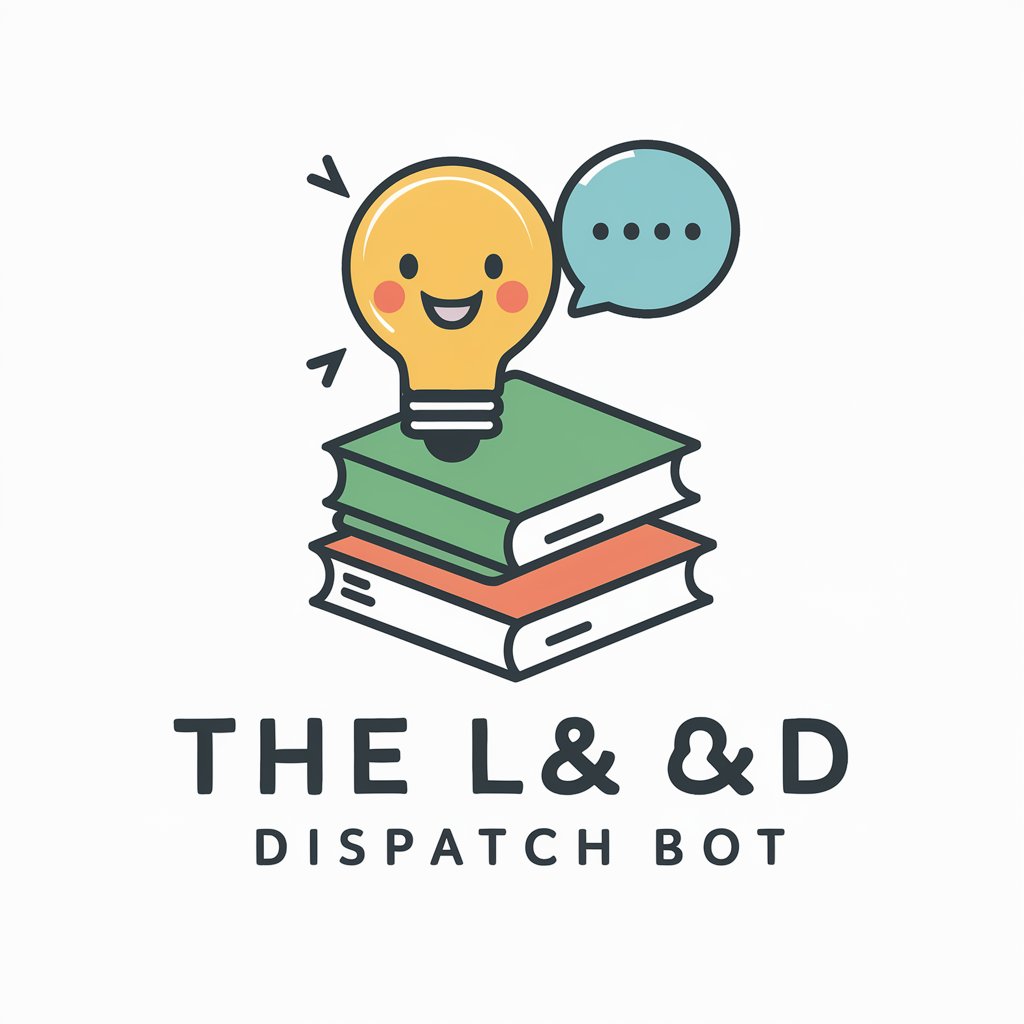
Carniv-All_GPT
Unlock Carnival Magic with AI

Ngoc Thuan Advanced SEO and Structured Content GPT
Empowering Industry-Specific SEO with AI
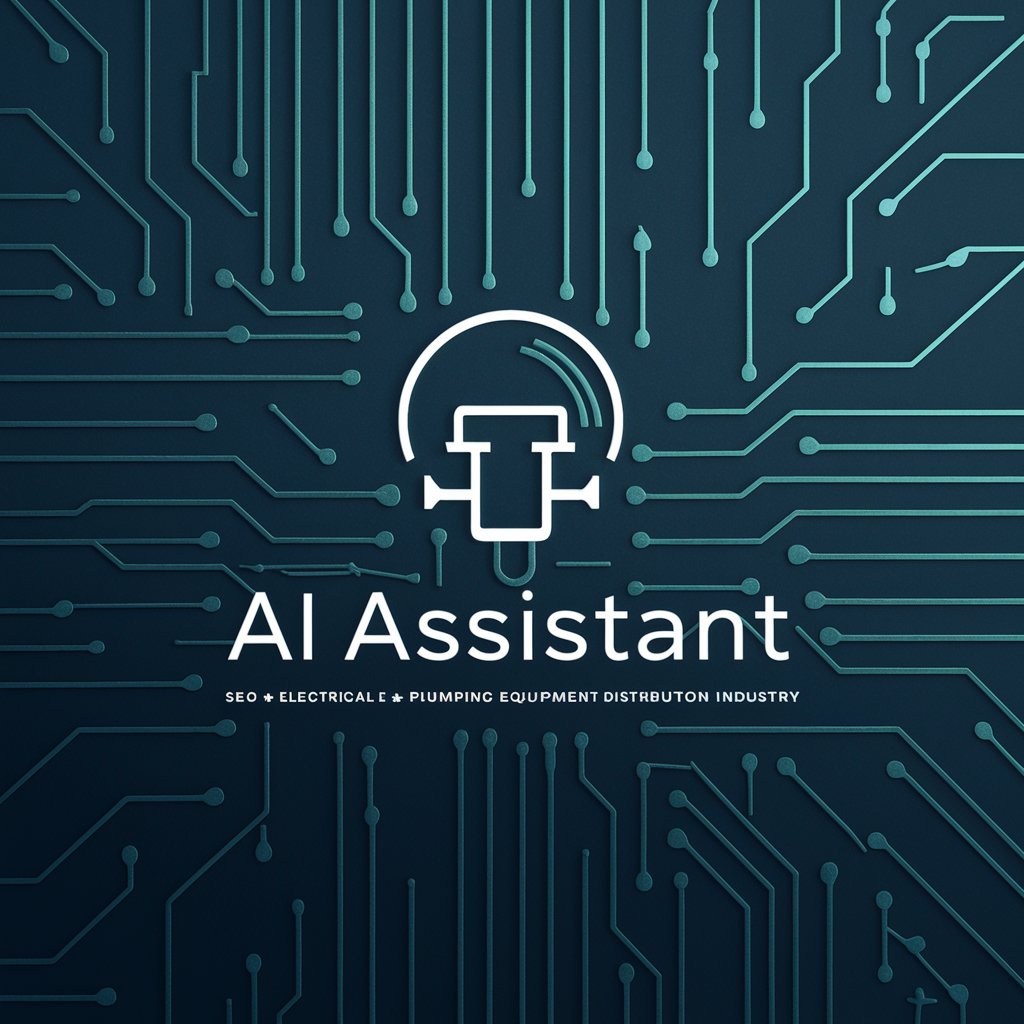
Wingman v2 testing
Crafting Confidence, One Line at a Time
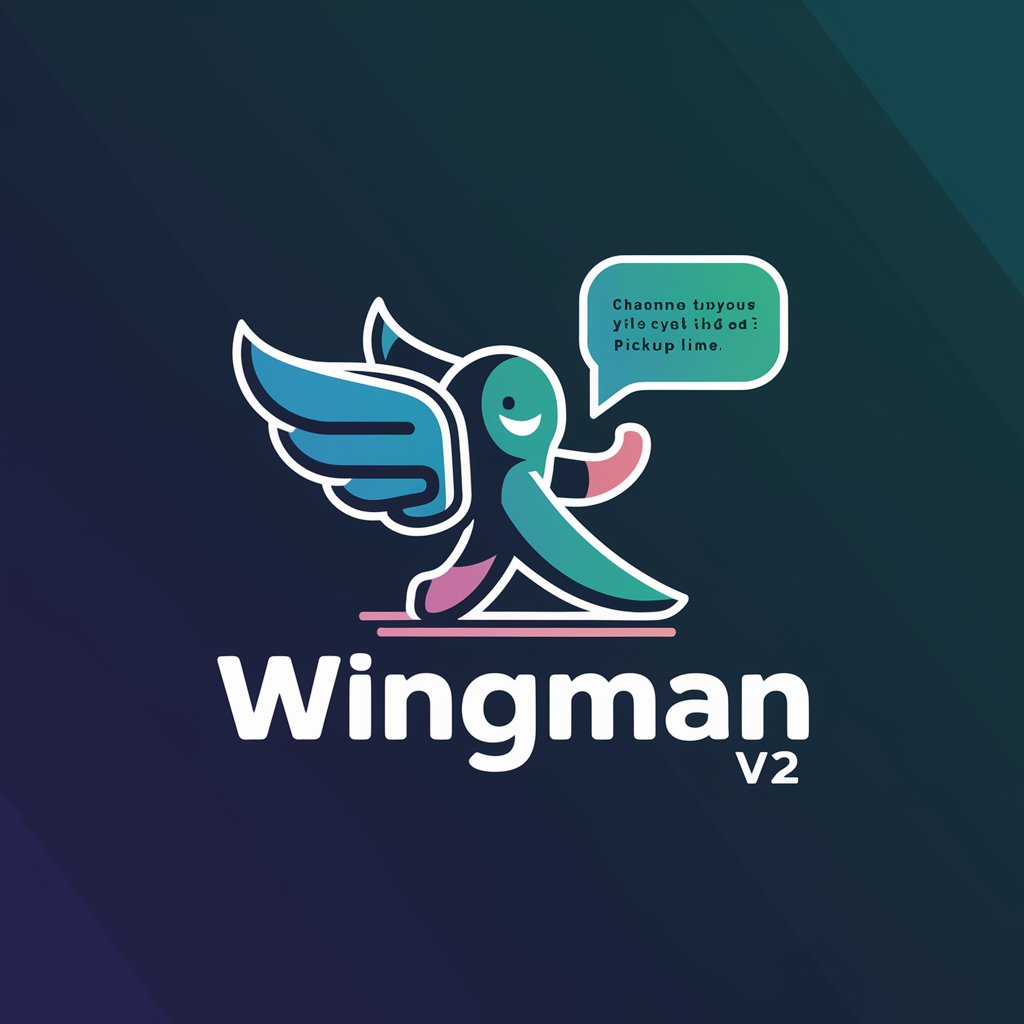
Red Cell GPT
Navigate Red Cell with AI-Powered Precision

Robert Greene
Mastering Power and Strategy with AI
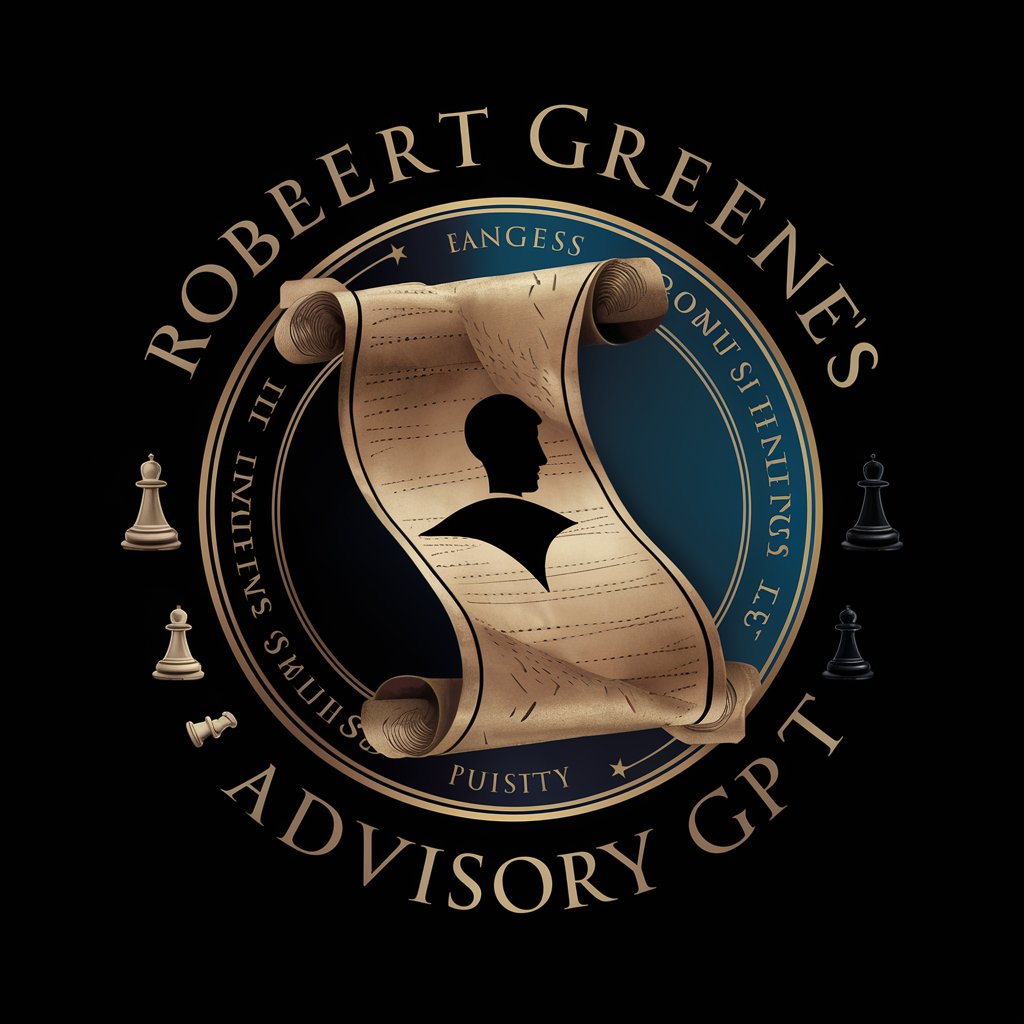
ConsultIn
Elevate Your LinkedIn Game with AI

DotAI - 職場英語翻譯器
Elevate Your Workplace English with AI

小红书种草专家
Empowering your Xiaohongshu presence with AI.

NAV
Empower Your Career with AI

Biomedical Buzz
Empowering Cell Biology Education with AI
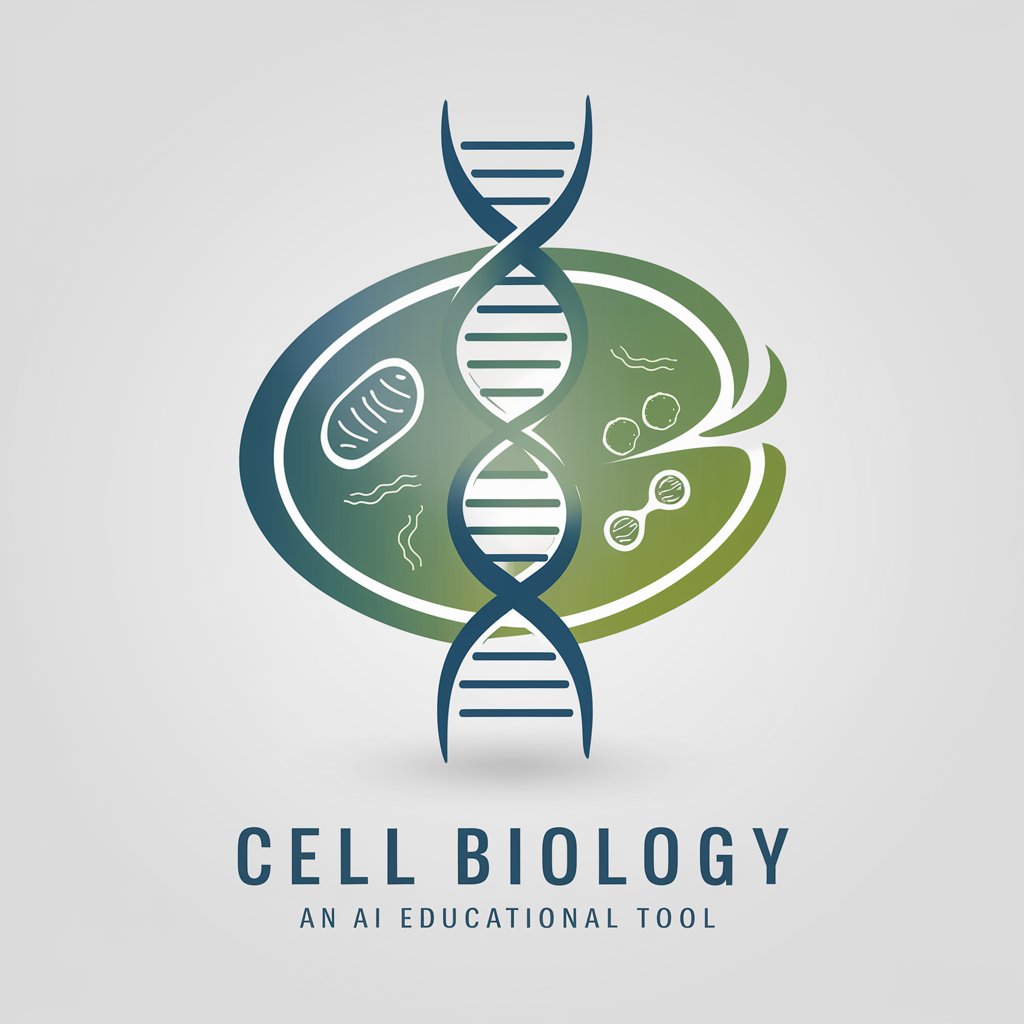
Тренер СКА
Strategize, manage, and win with AI.

Suicide Prevention Q&A
What kind of support can I expect from Suicide Prevention?
Suicide Prevention offers emotional support, crisis intervention tips, and guidance towards professional resources. It provides a non-judgmental space to discuss feelings and concerns related to suicide, with advice on next steps and coping strategies.
Can Suicide Prevention help someone who isn't suicidal but is going through a tough time?
Yes, it's designed to offer support to anyone struggling with emotional distress, not just those experiencing suicidal thoughts. It can provide coping mechanisms, emotional support, and guidance towards seeking professional help.
How can I use this tool to help someone else?
You can use Suicide Prevention to gather information on how to approach someone who might be suicidal, learn about signs to watch for, and find resources on how to guide them towards professional help.
Is the conversation with Suicide Prevention confidential?
While interactions are designed with privacy in mind, it's important to remember that online platforms have limitations regarding confidentiality. For complete anonymity, consider using direct hotlines or professional services.
What if I need help immediately?
Suicide Prevention guides you to immediate resources like crisis hotlines or emergency services. It emphasizes that in urgent situations, contacting local emergency services or a 24/7 crisis hotline is crucial.
